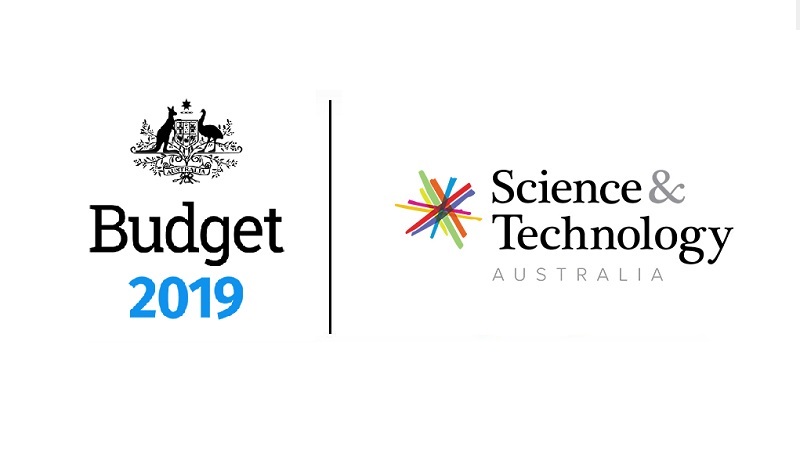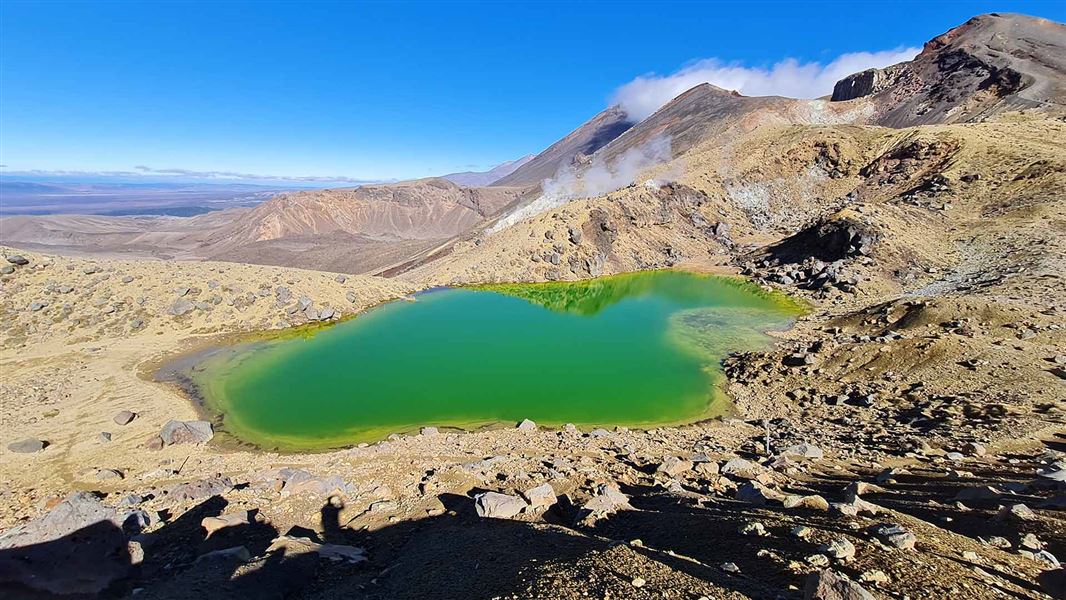The national peak body for scientists has warned that the 2019/2020 Budget has missed the opportunity to invest in solution-making scientific and technological research and Australia’s world-class institutions and agencies that make it possible.

President of Science & Technology Australia, Professor Emma Johnston AO, said the Federal Budget was a mixed result for Australia’s science and technology driven future.
“Cuts to CSIRO and a
failure to keep pace with inflation for most national research agencies are
stark concerns for the science and technology sector,” Professor Johnston said.
“This has been
coupled with reductions to the Research Support Program, which compound the
cuts this program suffered in December – severely limiting our universities’
ability to conduct world-leading research and drive innovation.
“Research at tertiary
institutions is also severely hampered by the reallocation of $3.9 billion from
the Education Investment Fund (EIF) to a new Emergency Response Fund. While it
is important to support those affected by emergencies including floods and
fires, stripping funds from education to support emergency responses is a false
economy.
“STEM education increases
our national capacity to predict, prevent and respond to the impacts of national
emergencies.”
Professor Johnston
said some allocations in the Budget would aid Australia’s capacity to build a
strong future based on science and technology – including a welcome focus on women
in STEM.
“It is good to see the
Australian Research Council and the National Health and Medical Research Council
have been supported to meet the costs of inflation this year, something STA has
called for over many years,” she said.
“Bold investments in
medical research and development through the Medical Research Future Fund will
empower Australian scientists and technologists to become world leaders in
their field.
“What we did not see in this budget was an ambition to be the clever country in all fields.
“A complementary Fund
to support the translation and commercialisation of knowledge built through
non-medical science research programs would amplify the economic returns that
STEM brings for Australia.”
Professor Johnston said other positive steps were
commitments to further investment to build space infrastructure, a boost to
Questacon’s science education and outreach programs, and support to encourage
and retain women in STEM.
STA will produce a more detailed budget analysis in the coming
days.








